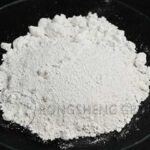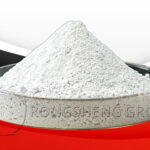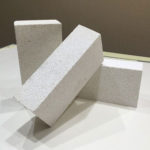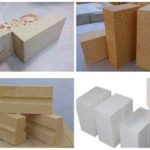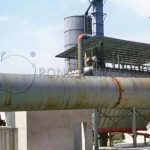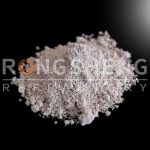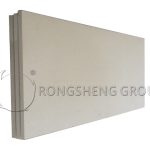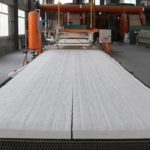Zirconium silicate, also known as zirconium silicate, is an emulsifier with advantages such as good chemical stability, corrosion resistance, hydrolysis resistance, and high refractive index. Ultrafine zirconium silicate is a representative product of high-performance zirconium silicate, which refers to zirconium silicate powder processed by ultrafine grinding. Ultrafine zirconium silicate is grayish white or white powder, and has the characteristics of being non-toxic and odorless. It is widely used in TV display screens, advanced refractory fibers, high-end ceramic glazes and other fields.
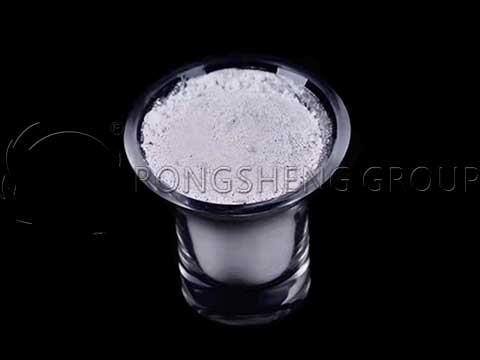
Main Preparation Methods of Ultrafine Zirconium Silicate
The main preparation methods of ultrafine zirconium silicate include dry method and wet method. The dry method refers to grinding zirconium silicate balls in a ball mill and controlling the particle size to obtain the finished product. The dry method has the advantages of low production cost, low energy consumption, and good finished product quality, and is widely used in the production process of ultrafine zirconium silicate. The wet method refers to the preparation of ultrafine zirconium silicate emulsion by three-stage grinding technology. This method has problems such as low crushing efficiency, easy to cause environmental pollution, and high production cost, and is not suitable for large-scale production.
The difference between zirconium silicate, zircon powder, and zircon sand and their respective applications
Zircon sand, zircon powder and zircon silicate, although their chemical formula is ZrSiO4 (i.e. zirconium silicate) and their structural expression is ZrOSiO2. But they are different in application. Specifically,
Zircon sand is the basic raw material for making zircon powder and zirconium silicate. Zircon sand is the main raw material for ultrafine zirconium silicate and is a mineral with zirconium silicate as the main component.
When zircon sand is finely ground, the coarser particle size is zircon powder, which is widely used in casting and refractory manufacturing. If it is ground finer and the particle size reaches less than 5 microns, zirconium silicate is obtained, which is mainly used in the field of ceramics.
Zirconium silicate, a ceramic raw material that is usually white or light gray, plays a vital role in the ceramic industry. It is widely used in the preparation of glazes and blanks, playing an important role in opacification and whitening.
First, zirconium silicate can significantly improve the bonding performance of ceramic body and glaze, thereby increasing the hardness of ceramic glaze.
Secondly, its whitening effect is due to substances such as baddeleyite formed during the ceramic firing process. These substances can effectively scatter incident light waves, thereby achieving opacifying and whitening effects. It is worth mentioning that the whitening effect of zirconium silicate is closely related to the particle size range, so it is necessary to strive for the narrowest particle distribution during the grinding process.
In addition, zirconium silicate is widely used in the production of building ceramics, sanitary ceramics, daily-use ceramics and primary ceramics due to its high quality and affordable price. It has a wide range of uses and huge consumption. At the same time, it has also found new application areas in the production of color picture tubes in the television industry and emulsified glass enamel materials in the glass industry.
Furthermore, the high melting point of zirconium silicate makes it widely used in refractory materials, glass kiln zirconium ramming materials, castables and spray coatings.
Leave Your Requirements on RS Kiln Refractory Bricks And Castable Materials! We Will Reply You In 12 Hours!:
